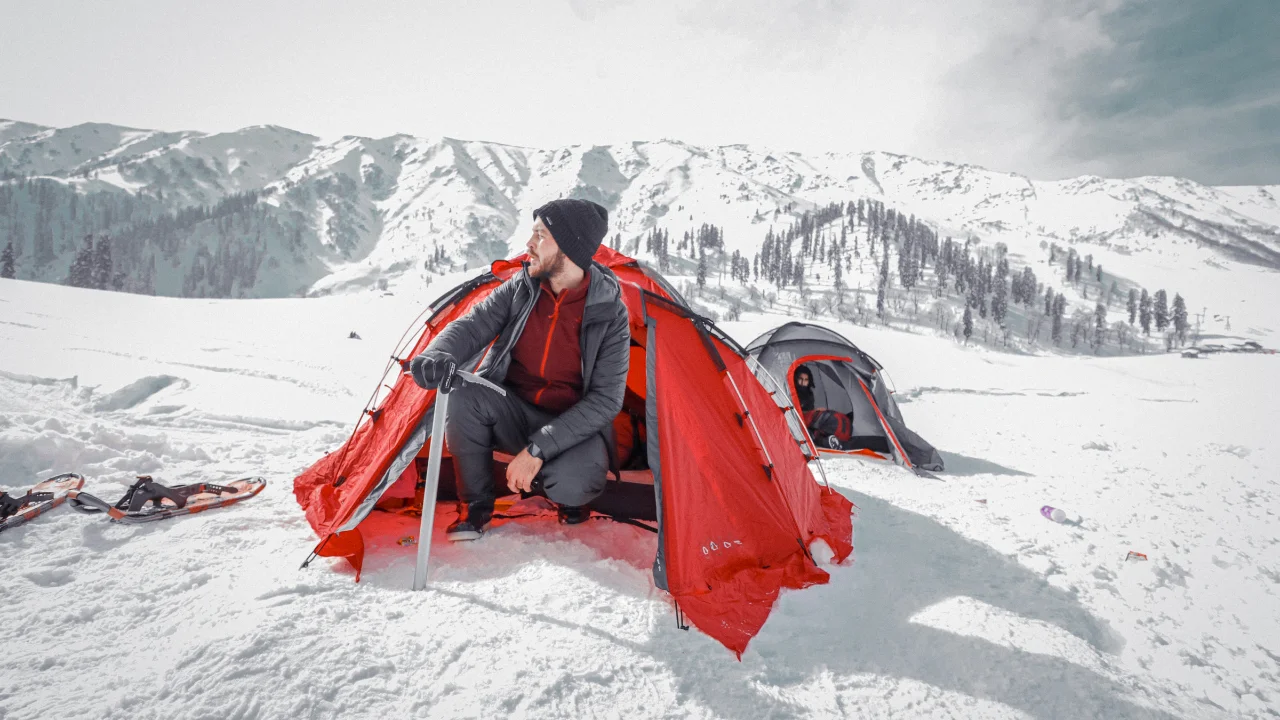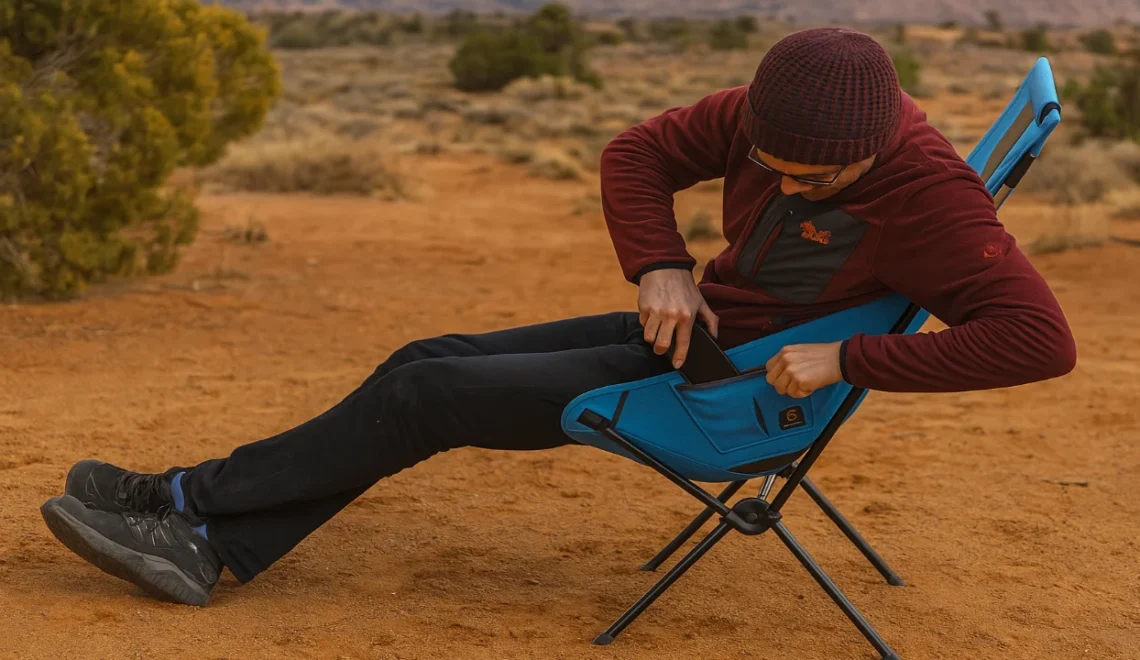
Top 1 Person Backpacking Tents for Solo Treks
Have you ever gone on a long hike, found a beautiful camping spot, and then struggled with a tent that was too heavy or hard to set up? If so, you know how important it is to have the right tent. A Best 1 person backpacking tent can make your camping trip so much easier and more enjoyable.
This guide is here to help you find the best 1-person backpacking tent. We’ll talk about what makes a tent great, show you some top choices, and share real stories from hikers who use these tents. Whether you’re a seasoned camper or new to the outdoors, this guide will make it easier to choose the right tent for your adventures.
Table of Contents
ToggleWhat to Look for in a Best 1 Person Backpacking Tent
When choosing a tent, it’s not just about picking the lightest one. Here are the most important things to think about:
1. Weight
Why It Matters: The heavier your tent, the harder your hike will be. Look for a tent that weighs less than 3 pounds.
Tip: Some tents can use trekking poles instead of tent poles, which makes them even lighter.
2. Easy to Set Up
Why It Matters: After a long hike, you want a tent that’s quick and easy to set up.
Tip: Freestanding tents are easier to pitch because they don’t need perfect ground to stay upright.
3. Weather Protection
Why It Matters: A good tent will keep you dry in rain and safe from strong winds.
Tip: Look for tents with waterproof coatings and strong fabrics like ripstop nylon.
4. Comfort and Space
Why It Matters: Even a small tent should have enough space for you to sit up and store your gear.
Tip: Check the size of the tent’s floor and its height to make sure it fits your needs.
5. Durability and Weight
Why It Matters: Lighter tents are often made with thinner materials that might not hold up as well. Pick a tent based on where you plan to camp.
Tip: If you camp in rocky or rough areas, choose a tent made with stronger materials.
Also Read About Ultralight Sleeping Bag: Easy Tips, Advice, and Stories
The Best Lightweight Solo Camping Tents
Here are three great ultralight tents that many hikers love. Each one has its pros, cons, and best uses:
1. Zpacks Duplex Tent
Weight: 1.19 lbs
Setup: Uses trekking poles
Weather Protection: Made with Dyneema fabric, which is waterproof and strong
What’s Good:
Very light—one of the lightest tents available
Spacious inside for you and your gear
Good airflow to stop condensation
What’s Not So Good:
Very expensive
You need trekking poles to set it up
Who It’s Best For: Long-distance hikers who want to carry as little weight as possible. A hiker on the Appalachian Trail said they loved the Duplex because it let them hike farther each day and stayed dry during storms.
2. Big Agnes Copper Spur HV UL1
Weight: 2.5 lbs
Setup: Freestanding
Weather Protection: Comes with a strong rainfly and waterproof floor
What’s Good:
Easy and quick to set up
Strong and roomy for a small tent
Has a vestibule to store gear outside the sleeping area
What’s Not So Good:
Heavier than some other ultralight tents
Costs more than some similar tents
Who It’s Best For: Hikers who want a simple, strong tent. One backpacker in Colorado said this tent handled heavy rain and strong winds without any problems.
3. Nemo Hornet Elite 1P
Weight: 1.12 lbs
Setup: Semi-freestanding
Weather Protection: Good for light to moderate weather
What’s Good:
Very light and compact
Packs up small, great for saving space
Minimalist design
What’s Not So Good:
Small interior space
Materials are less durable compared to others
Who It’s Best For: Hikers who want a super-light tent for easy trips. A camper in the Pacific Northwest said it was perfect for carrying photography gear while hiking.
Real Stories from Campers
Story 1: Zpacks Duplex on the Pacific Crest Trail
A hiker used the Zpacks Duplex while hiking the Pacific Crest Trail. The tent’s light weight helped them hike over 20 miles a day. Even during rainy weather, the tent kept them dry and comfortable, making it their favorite piece of gear.
Story 2: Big Agnes Copper Spur HV UL1 in Colorado
One backpacker took the Copper Spur HV UL1 on a trip through Colorado’s mountains. They loved how easy it was to set up on rocky ground. The tent’s vestibule also gave them extra space to store gear during a heavy rainstorm.
Story 3: Nemo Hornet Elite 1P in the Pacific Northwest
A photographer used the Nemo Hornet Elite 1P for a 3-day trip in Olympic National Park. The tent’s small size and light weight made it easy to carry along with their camera gear. They noticed some condensation in the mornings but said the tent worked well for short hikes.
Final Thoughts
A good ultralight tent makes your camping trips easier and more fun. It’s worth thinking about where you’ll be camping and what you need most in a tent. Do you want something super light? Or do you need a tent that can handle tough weather? Pick the one that works best for you.
With one of these lightweight tents, you’ll be ready for your next adventure. Happy hiking!




Thank you for some other excellent post. Where else could anyone get that kind of information in such an ideal method of writing?
I’ve a presentation next week, and I’m at the search for such info.
Thank you for the kind words! I’m glad you found the post helpful. If you need more information for your presentation, feel free to reach out – I’d be happy to assist! Good luck with your presentation next week! 😊
I’m not that much of a online reader to be honest but your blogs really nice, keep it up!
I’ll go ahead and bookmark your website to come back later.
Many thanks
Thank you so much! Glad you enjoyed the blog. Looking forward to having you back soon! 😊
I have learn a few just right stuff here. Definitely value bookmarking for revisiting. I wonder how much attempt you put to create any such magnificent informative web site.
I like this website very much, Its a very nice situation to read and receive info . “Education is the best provision for old age.” by Aristotle.